Enjoy Movies And Spectacular Visuals With The Best TVs
What makes a TV worth buying? Every year, TV manufacturers add new features that offer the highest picture quality. Buzzwords may vary, but the fundamentals of a quality TV remain consistent: high-end TVs have the greatest picture quality, the smoothest motion and the quickest, most intuitive smart interfaces.
If the shows you watch or the games you play make use of 4K HDR, you may want a brand-new, high-end TV. However, if you simply want to watch the news in a dim room, you might be looking for a less expensive model. To help you find a suitable product for your needs, we've compiled a list of the top TVs of 2023 so you can get the most out of your TV-watching experience.
Comparing The Top TVs Of 2023 In Detail
Amazon Fire 4K UHD TV: Best Overall
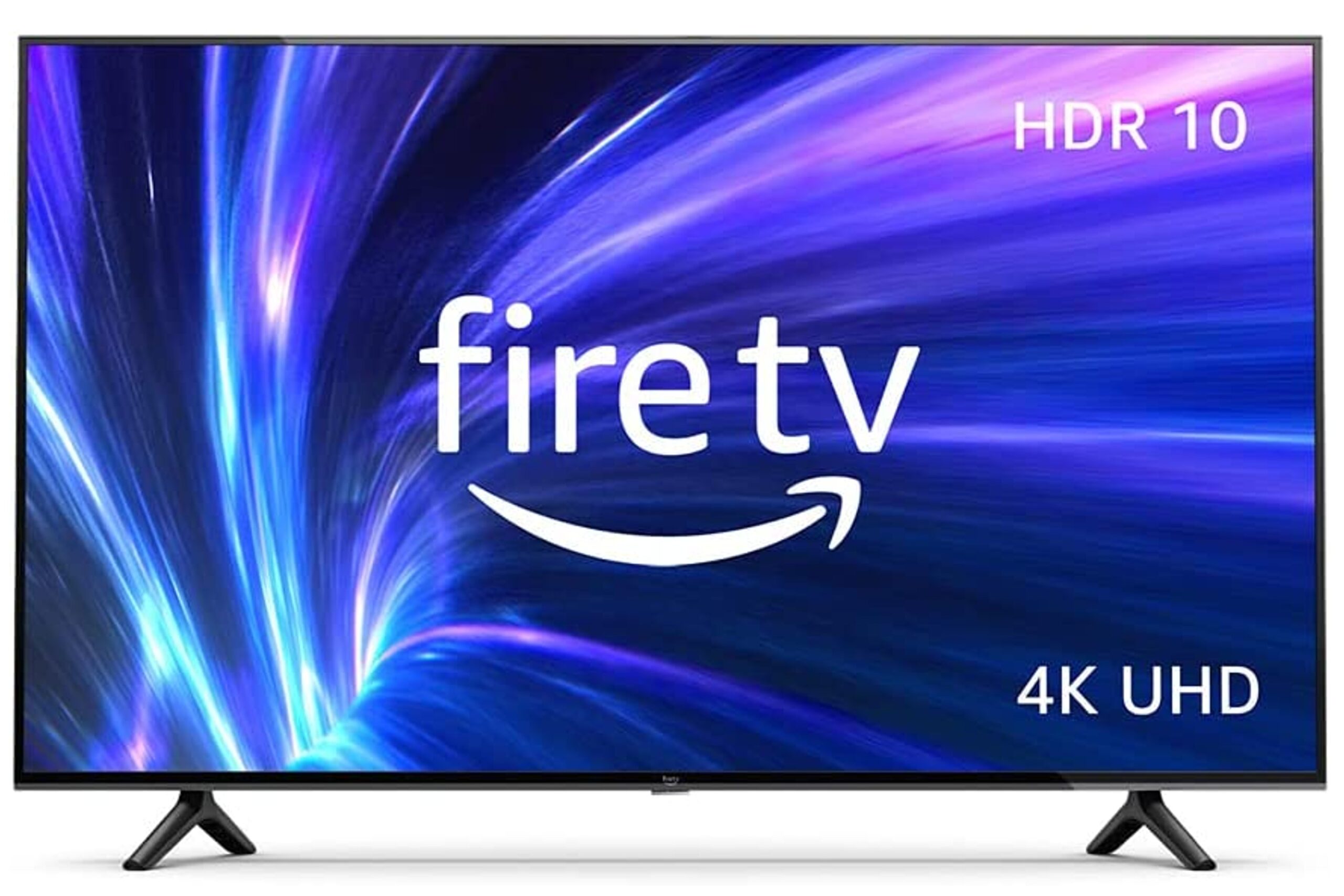
The Amazon Fire 4K UHD TV offers exceptional picture quality, particularly in dark areas, and a versatile display for various purposes. It features 4K ultra-high-definition visuals, access to over one million movies and television episodes and vibrant visuals, all while bringing the magic of Alexa to your living room.
Even better, this TV provides a sharper, more brilliant image, with a screen magnifier that can help you by zooming in and out and panning across the display. It also comes with Alexa voice control, which instantly discovers your favorite movies, apps and episodes, and checks the weather and sports scores, among other things.
Overall, this product is the best on our list due to its sturdy construction, superb visuals and exceptional features, all of which make it an excellent choice.
INSIGNIA Smart Fire TV: Great Resolution
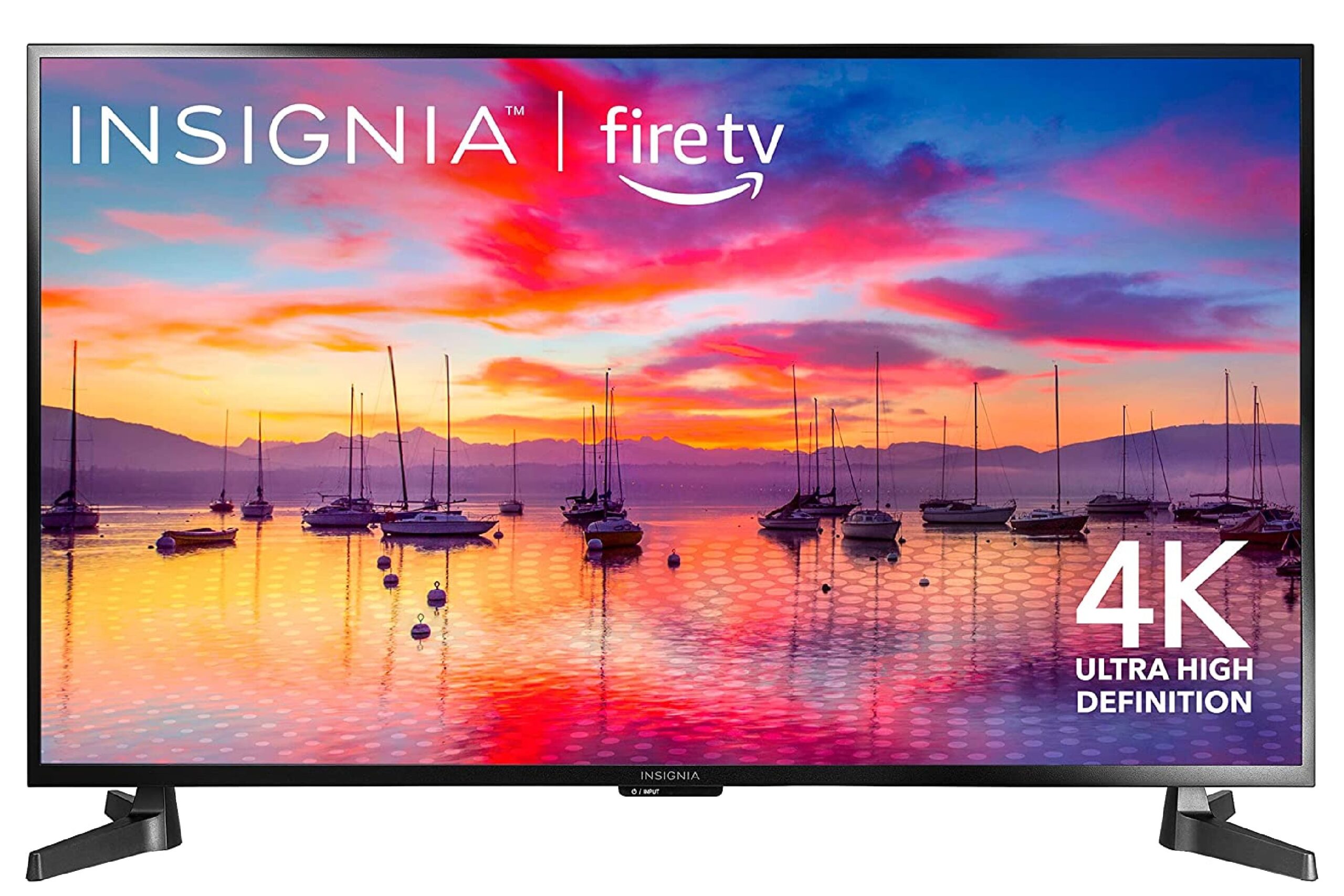
The INSIGNIA Smart Fire TV produces lifelike, clean and realistic images. Besides featuring a stunning screen that allows you to experience 4K movies and TV shows in their optimal resolution, it also improves your existing content to Ultra HD-level picture quality. Moreover, it includes DTS studio sound, allowing you to enjoy real and comprehensive audio.
Better still, this TV lets you use the accompanying voice remote with Alexa to effortlessly control features, such as playing, volume, power, navigation and input switching. Prime Video and Netflix can also be accessed with one-touch buttons.
SAMSUNG Crystal UHD TV: Optimal Display
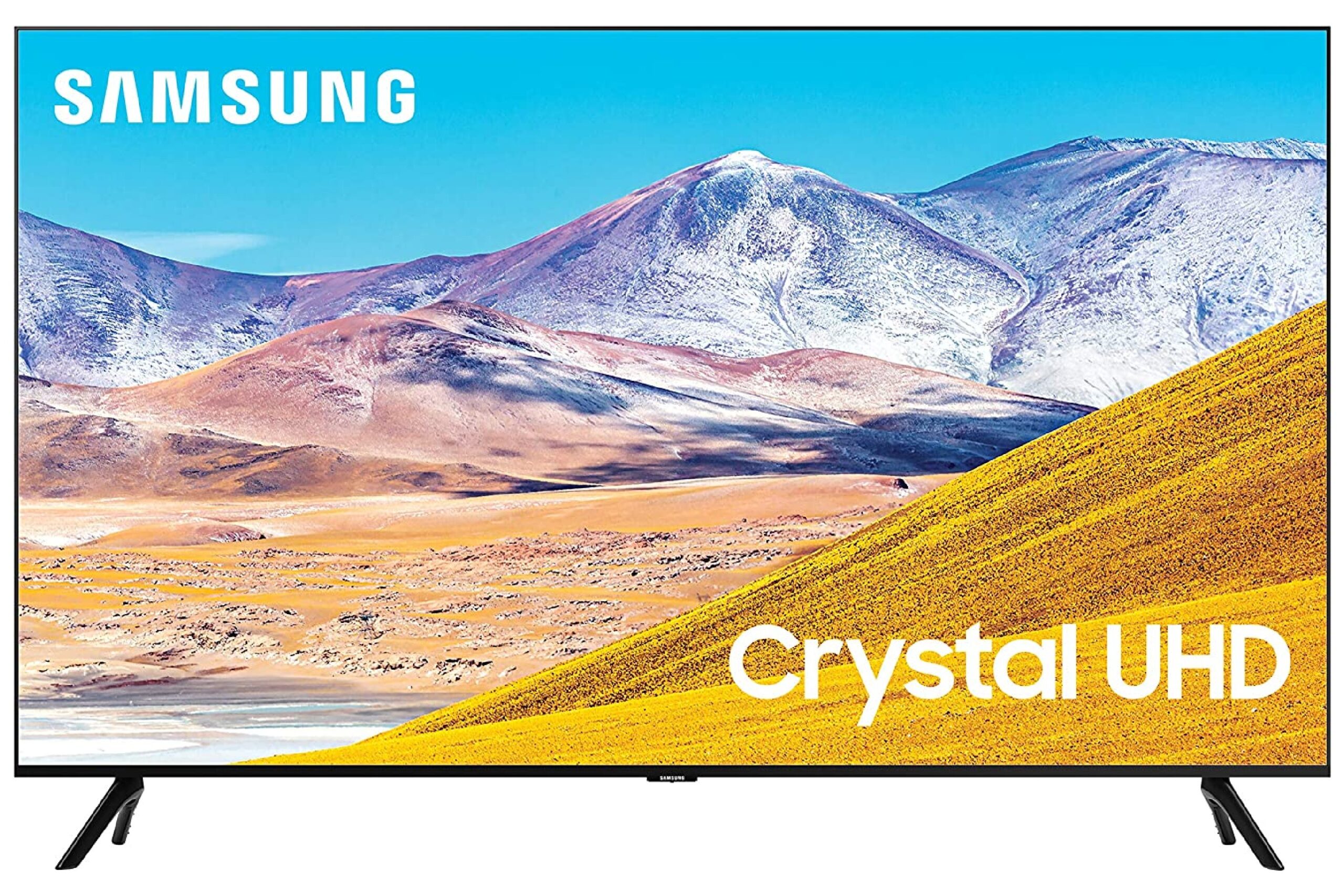
The SAMSUNG Crystal UHD TV is compatible with Alexa and Bixby and is powered by Tizen, an operating system with simple controls, next-generation applications and various innovations that provide users with an improved viewing experience. Its ultra-fast CPU converts all content to 4K resolution and the colors are crystal clear to produce a naturally clean and vibrant image.
Simply put, this is an outstanding TV with superb reflection control and fantastic peak brightness, allowing it to easily combat glare in bright rooms.
Sony Ultra HD TV: Latest Technology
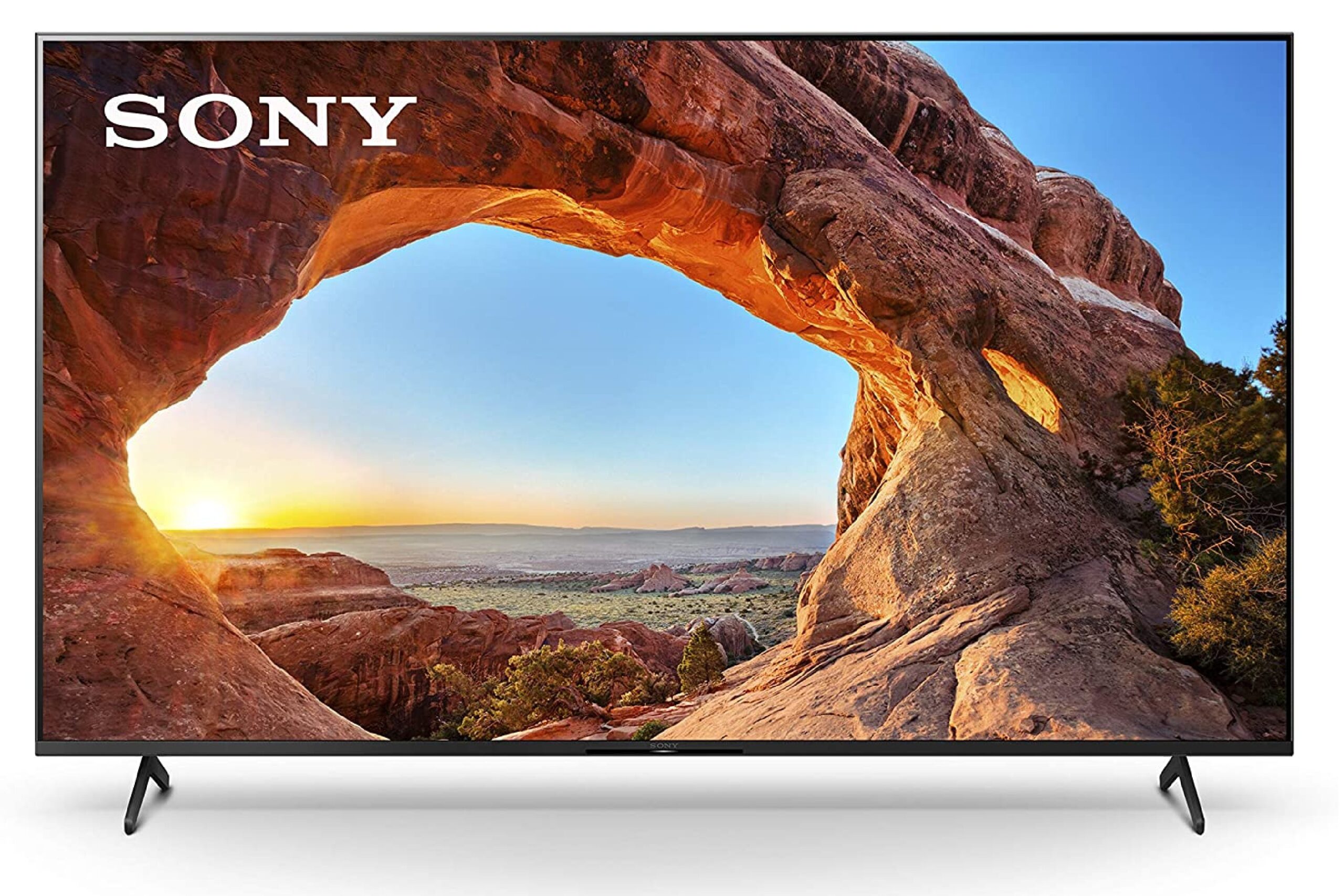
The Sony Ultra HD TV features outstanding Motionflow XR technology with a native 120Hz refresh rate screen that maintains motion clarity and smoothness, allowing users to view games, movies and television shows with lifelike clarity. Meanwhile, HDR and Dolby vision let you experience immersive and captivating cinematic content.
The device's sophisticated processor analyzes and interprets data in every image to recreate more colors than a regular TV, resulting in improved clarity and detail that is closer to real life. Its exclusive 4K database not only offers a perfect display, but also restores natural textures.
Toshiba UHD Smart Fire TV: Immersive Experience
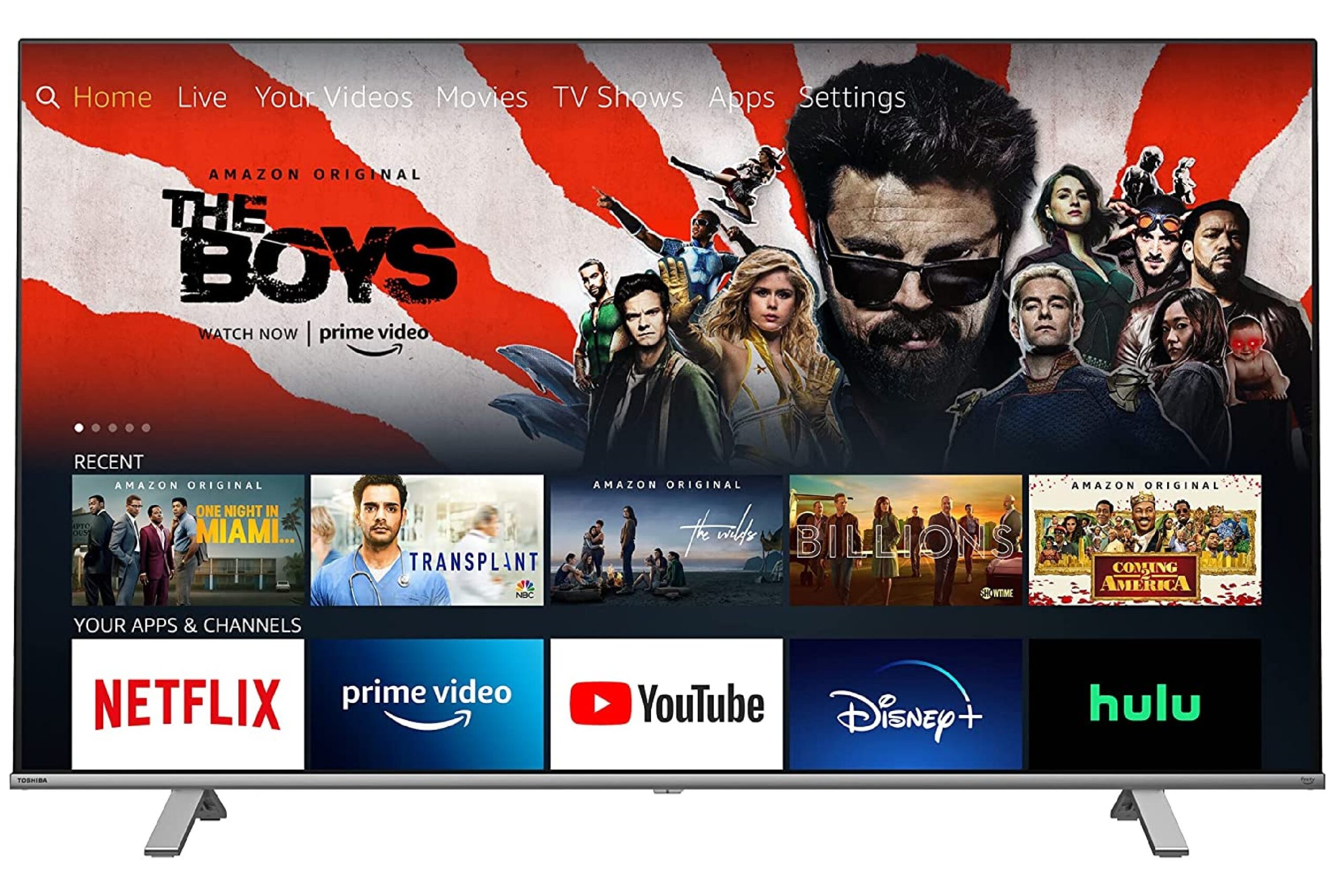
The Toshiba UHD Smart Fire TV comes with a Regza Engine 4K that provides high-performance picture quality. Besides featuring ultra-essential PQ technology for breathtaking image quality, it supports Dolby Vision HDR and HDR10, which deliver uncompromised, crisp and clear images for a truly immersive theater experience.
The TV's other features are also quite impressive. For example, its X technology offers immersive listening quality by virtualizing height content over conventional stereos. Additionally, its color-remastering technology restores the image's original colors, meaning they're as vibrant and natural as they should be, giving you the optimal viewing experience regardless of the content.
Finding A Quality TV: A Buyer's Guide
Buying a new TV should be an exciting experience — and it usually is — but there's one pretty intimidating obstacle to overcome: there are so many brands, varieties and sizes to choose from that it's nearly impossible to determine which one is ideal for you. Fear not, as we are here to lend a hand before you fall into an overwhelming spiral of indecision. We've included helpful tips and must-know information in this buying guide to help you select an outstanding TV. Let's take a look!
How To Pick The Right TV
Processor
Every TV contains a processor that converts the data from your satellite tuner, your cable box, the internet or another display device. Always look for high-end TVs with enhanced processing capabilities, as this results in faster streaming content downloads, smoother images and less lag.
Wall-Mounting
While some are fine with placing their TV on a console or a similar piece of furniture, many would like to put their new flat-screen TVs on the wall. If you are confident this will work for you, there are a few things to consider.
First, remember that the TV will be flat against the wall, and thus a bit far away from your seating. Consider TVs built to be used with sleek mounts so they protrude from the wall as little as possible. Look for one featuring wall mount screw locations if you want a variety of mounting alternatives at a range of prices. You should also think about the TV set's viewing angles, especially if you're considering mounting the device above a fireplace.
Screen Size
When purchasing a new smart TV, its resolution and size have a considerable impact on what you buy, so it's vital to examine these elements carefully. You need to take measurements of the room where the TV will be placed and assess which display size delivers the desired viewing experience without overwhelming the space.
TVs are available in a variety of sizes that vary by manufacturer, but most range between 42 and 75 inches. Any TV over 65 inches will be significantly more expensive. Even if you have measured your TV room, you may find it useful to visualize how your TV would fit in it.
Sound
When choosing the audio output for your TV, remember that the higher the wattage, the clearer the sound. If you have a large home, it's particularly important to have a TV with sound that can reach longer distances.
Check for roughness to detect if the sound is weak and damaged at high volumes, bass for those adrenaline-inducing combat scenes, vocals to determine if they sound genuine and the level of audio clarity. Also be mindful of your TV cabinet rattling, directional distortion and strange buzzing sounds while the device is under strain. If you want the highest sound quality from your TV, you should also consider purchasing a sound bar with a good sound system.
Apps
The primary function of a TV is to entertain, so your interests will be a significant factor when selecting a TV. Netflix and Amazon Prime are readily accessible on numerous platforms, but not every TV supports all applications.
Most TVs will have some preinstalled apps, and the majority will feature app stores from where new programs may be selected and downloaded. Check the apps that are installed and that may be accessed on any TV you're considering buying to ensure your favorites are included.
Connections, HDMI And More
In your haste to purchase a TV, be mindful of how many HDMI ports and other inputs/outputs it has. These ports can be utilized in various ways, such as installing a Chromecast, sound bar and game console.
If you opt to purchase a 4K Ultra HD TV, ensure that the ports support HDMI 2.0 to accept potential Ultra HD sources. Many TVs have only one port that supports the HDCP 2.2 4K copy-protection mechanism. And, if you're looking to install a sound system, you might want to check if it has the relevant outputs, whether it's stereo, digital optical or something else.
Type Of Display
LCD and OLED are the two kinds of TV displays you need to understand. Here's what you should know about them:
LED Or LCD TVs
An LCD TV's panel illumination significantly impacts the screen's contrast capabilities. The primary benefits of LCD televisions are their affordability, brightness and durability. Some employ lights on the screen's edge that fire across it, while others use lights mounted behind the screen. In general, TVs with backlighting offer greater contrast than edge-lit versions.
LCD and LED televisions employ liquid crystal pixel screens illuminated by external lighting. The liquid crystals rotate to allow the correct quantity of light to illuminate images, with external filters generating color. Due to the usage of external light sources, the primary drawbacks of these TVs are restricted viewing angles and problems regulating the image's lighting.
OLED TVs
The greatest OLED TVs have a system of organic phosphors in self-emitting pixels, which allows each pixel to generate its own light, fully independently of its neighbors. This makes for much better contrast and light accuracy than even the most cutting-edge LCD TV can provide.
It also means that OLED TVs can be viewed from considerably broader angles than TVs without color or contrast degradation. These characteristics have made OLED quite popular among dedicated AV enthusiasts.
People Also Ask
What size TV should I buy?
It depends on the space you have and the viewing experience you want. Currently, 55-inch TVs are the most popular, although 65-inch models are on the rise in North America.
How many HDMI ports should I look for in my TV?
A living room TV should have at least three HDMI inputs. The HDMI ports will get full soon if you want to hook up a cable box in addition to gaming systems, audio systems and more.
Should I attach my new TV to the wall?
You should first consult a construction engineer to determine whether or not the wall is sturdy enough to handle a flat screen. Then, determine whether the desired set is wall-mountable and, if so, whether the necessary bracket is included in the basic box or must be purchased individually.
Should I get a separate audio system?
If you do not intend to connect to an external soundbar or sound system, you must take into account the audio performance of your TV more carefully. Consider how movies or music sound and how much bass rumble is feasible.
Look for a TV that can reach the desired volume level without deformation or cabinet rattling. In contrast, it's unnecessary to spend money on a TV with fantastic built-in loudspeakers if you already possess an adequate home theater system.
Which TV resolution is optimal?
Most existing TVs feature a 4K resolution or 3840 x 2160 pixels, which will provide a high level of detail. But for most individuals, older HDTVs with lesser resolutions, such as 1080p and 720p, still produce an excellent picture.